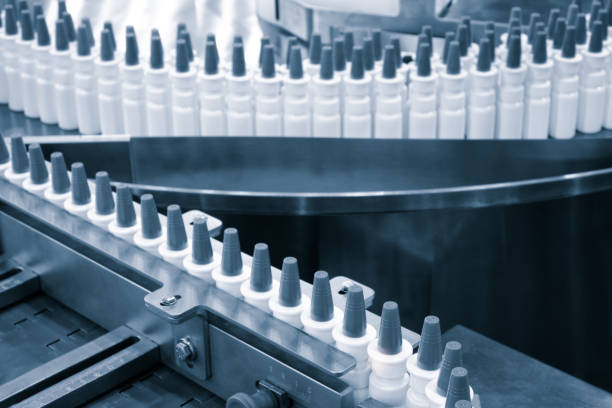Production of eye drops, gels and creams

Production of eye drops, gels and creams
Uzbekistan’s pharmaceutical industry is rapidly expanding, driven by strong government support, major infrastructure investments, and growing market demand. The sector’s foreign trade turnover reached $2.6 billion in 2024, with pharmaceutical exports growing by 50% annually.
Five specialized Pharmaceutical Free Economic Zones (FEZs) offer up to 10 years of tax exemptions, duty-free import of raw materials, and some of the lowest operational costs in the region. Average monthly wages range from $300 to $400.
A key infrastructure project, Tashkent Pharma Park, spans 190 hectares with $1.4 billion in investments, combining production facilities, R&D centers, and educational institutions.
With over 2,600 registered pharmaceutical products and 56 GMP-certified companies, Uzbekistan is emerging as a leading pharmaceutical hub in Central Asia, offering investors a dynamic ecosystem and strong market potential.
Region
Namangan
Uzbekistan
Financial indicators
Infrastructure status
Infratructure costs
Gas at $0.12/m³, electricity at $0.07/kWh, and water at $0.20/m³ available; infrastructure development can be funded by the state for projects over $15 million.Uzbekistan offers competitive infrastructure costs, making it an attractive location for manufacturing investments. Key costs include:
- Gas: 12 cents per m³
- Electricity: 7 cents per kWh
- Water: 20 cents per m³
Labour availability
Uzbekistan offers a skilled and cost-effective labor force, ideal for the manufacturing sector. In this field the country has:
- 17 higher education institutions
- 102 faculties
- 13 000 graduates annually